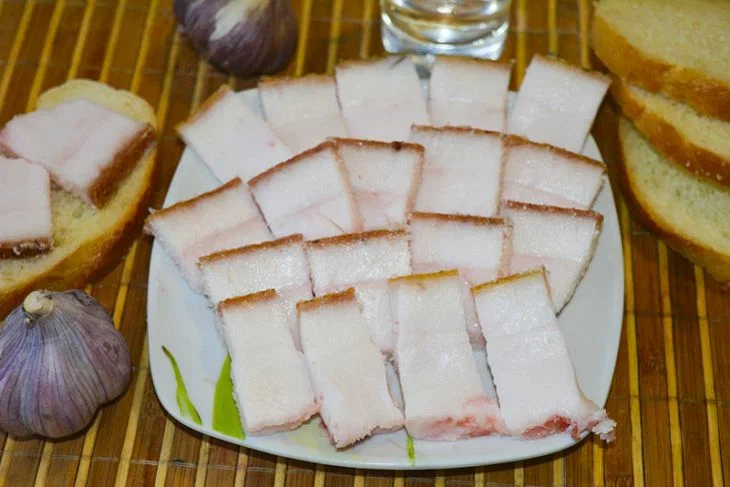What to eat lard with to keep it healthy: advice from a nutritionist
Lard is not such a useless product as many people think. It is useful for digestion, cell regeneration, and plays an important role in respiratory function.
However, not everyone can eat it, not in any form, and not with all products.
Nutritionist Tatyana Meshcheryakova told Doctor Peter how to get the most out of eating lard.
Benefits of lard
First, fats are necessary for building cell membranes and for cell repair.
Secondly, fats “play a key role in respiratory function, ensuring the high-quality formation of the alveolar membrane,” which was noted during the coronavirus pandemic.

Thirdly, fats stimulate the secretion of bile, as well as the process of breakdown and absorption of nutrients.
Eating lard has a positive effect on the pancreas and, in general, “leads to the coordinated work of all digestive organs, provides protection from parasites, viruses and bacteria.”
What to eat lard with
To ensure that lard retains its beneficial properties, it is recommended to eat it with meat products, bread (whole grain), and vegetables.
You can also eat salted homemade lard, but it is important to remember to follow consumption standards.
But it is not recommended to get carried away with smoked lard.
Contraindications
1. In case of diseases of the gallbladder and pancreas, as well as gastritis, colitis and irritable bowel syndrome, it is worth limiting the presence of lard in the diet.
2. The same applies to patients with lipid metabolism disorders and high cholesterol. In this case, we are talking about serious restrictions.
3. And patients with excess weight should exclude lard from their diet altogether, or limit themselves to 15-20 grams per week.
As for children, after three years you can give about 10 grams of lard per week and only without skin.

